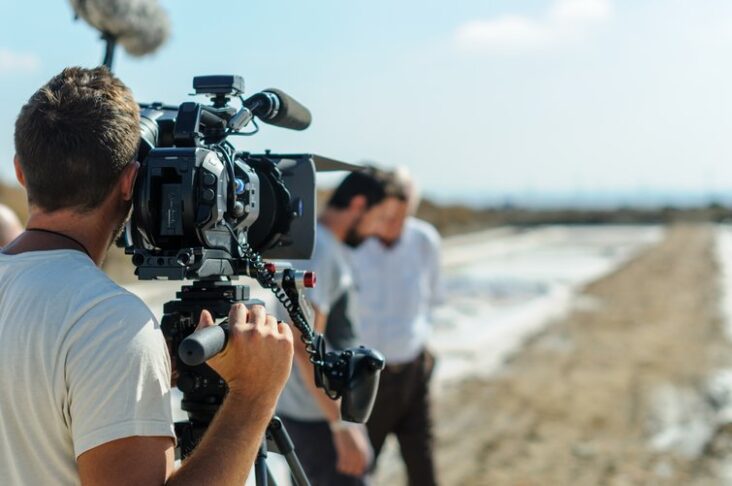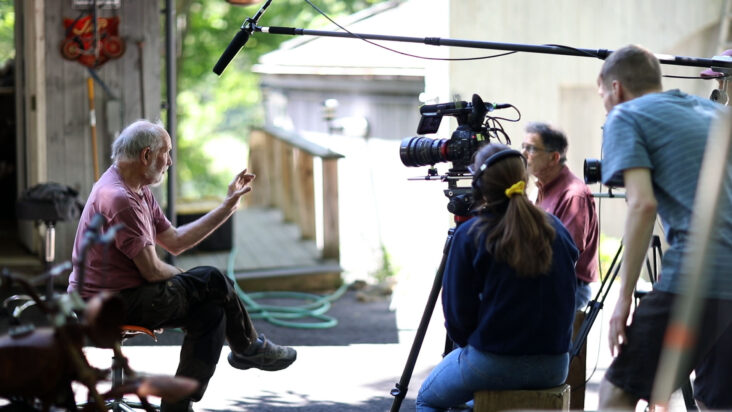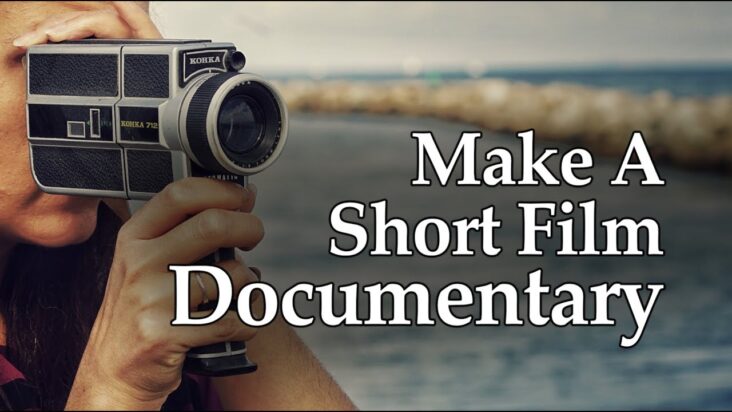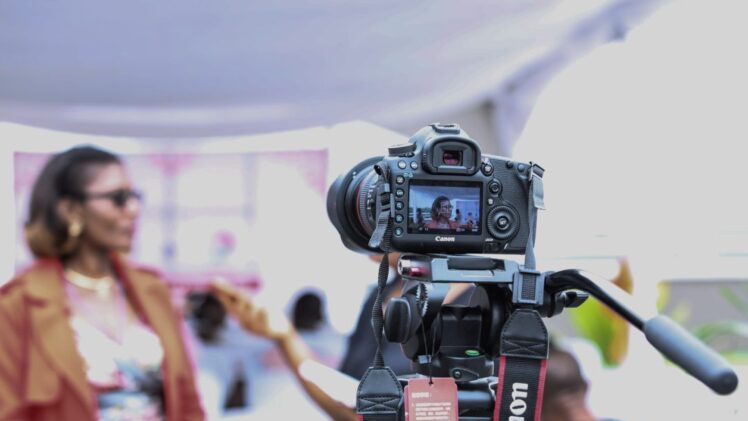Documentaries are short, non-fictional films that try to convey a meaningful message or some crucial information to the audience. A short form of a documentary has a shorter time span than a regular documentary and ends in about two to four minutes.
A Short-Form Documentary

Source:premiumbeat.com
Most people who are new to filmmaking start working on a short-form documentary before they make a full-fledged film. However, given the short time span of these movies, the creator has to be extra careful to convey the message succinctly and not bore the audience at the same time.
If you are new to filmmaking, you can also visit this site to take the help of a brand storytelling agency to help you make a nice short film.
Things That You Should Keep In Mind If You Want To Make A Great Short-Form Documentary
Write The Outline First
The first thing to do for any creative work, be it an article, a full-length feature film, or a short-form documentary, is the outline. The outline should have all the key elements of the plot; it should also have the key characteristics of the main characters. It is vital to begin by drawing an outline, or else you will keep deviating from the main story and end up producing a sloppy movie.
Sticking closely to the outline is of key importance if you want to write a story that keeps the audience engaged for the entire length of the film. A short-form documentary runs for only a few minutes, but today hundreds of creators are making reels, short stories, etc., in that time. So as a short filmmaker, you will have to compete for your audience’s attention against all those content creators who create content in about a minute or two.
Focus On The Details
A short-form documentary has all the elements of a full-fledged film. So you have to pay attention to the elements like the cinematography, the lighting, the way the film is shot etc. If you are a short filmmaker, you will most likely be working with a small team, and hence you should personally guide your team members on how to use the camera and how to light up the screen etc.
For instance, if you want the scene to be fast-paced, then you should shoot it with a camera at higher ( more than 20) frames per second. However, if you want things to be slow-paced, then you should use a lower value of frames per second.
Again, the lighting should reflect the film’s mood and genre. Usually, comical scenes are uniformly lit. Dark scenes that depict horror or a thrill-like situation are less brightly lit.
Do Not Spend Too Much Time In The Built Up
In a full-length feature film, you have a great opportunity to build up your characters; you can include several short sequences that help in character development. But for a film that spans a few minutes, you should quickly move on to the main story or the main message.
The rule of thumb is to convey only that much, which is essential for the main story.
Try To Form An Emotional Bond With The Audience

Source:mainemedia.edu
Although the story has a key role to play in creating a lasting impact on the mind of the audience, the way the story is presented also has a vital role to play. The music and the camera shots can play an important role in creating an emotional bond with the audience.
If there is a scene showing human trafficking or one where a child is being exploited, then it is a good idea to use poignant background music to have a stronger impact on the minds of those watching the documentary.
Do Not Dump The Special Effects
Although most short-form documentaries rely heavily on the central message or the theme, that does not mean you cannot include special effects. For instance, if there is a dream sequence or a scene where a character talks to his alter ego, then it is a good opportunity to add subtle special effects to those scenes. The only thing you need to remember is that the special effect should blend in perfectly with a scene, and it should not look over the top.
Focus On The Editing
Editing plays a key role in the final outcome of a film. In a short film, the editing should be crisp so that the film is short yet effective. While editing, you should remember that most people are attached to their work, and hence they do not like cutting out scenes.
But you must focus on the end product, and hence you should be open to cutting out scenes that improve the overall clarity and conciseness of the movie. Another thing to keep in mind while editing is consistency in the final product. The scenes are shot individually and then put together, so an editor should be very careful about the consistency of the story in the overall film.
Pay Attention To The Ending
The ending usually has a lasting impact on the mind of the audience, and hence you should pay special attention to the ending. The ending can be in the form of a message, or it can be a cliffhanger where you let the audience form their own opinion about the film, and they can draw their conclusions about the key message. But the ending should be impactful and should make a mark on your audience’s mind for a long time.
Conclusion

Source:youtube.com
Most new filmmakers start their careers by making short films because they require small budgets and provide a great opportunity to showcase talent to audiences. But a short film is also quite challenging because of the limited duration of the film. You have to be very careful to include all the key elements so that the story is complete, yet at the same time, you have to be a ruthless editor to ensure that the story is crisp and does not exceed more than four or five minutes.






